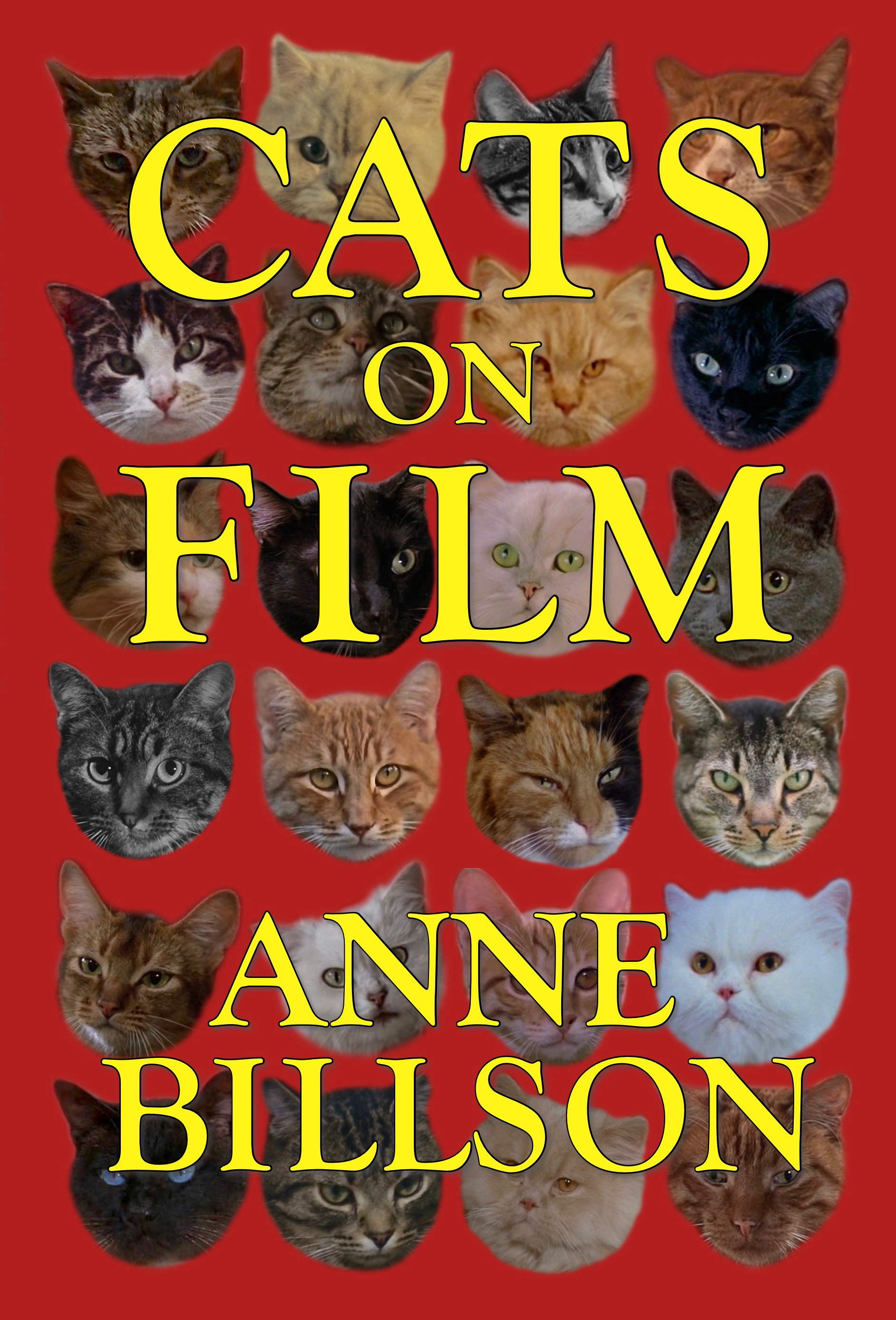 CAT OF THE DAY 041: KURONEKO (1968)
CAT OF THE DAY 041: KURONEKO (1968)
This Japanese ghost story was written and directed by Shindô Kaneto, a former assistant to Mizoguchi Kenji and probably better known in the west as the writer and director of Onibaba, though he later went over to the Dog Side to write the screenplay of Hachiko Monogatari, later remade by Hollywood as Hachi: A Dog’s Tale.
In the Sengoku era of Japan (roughly the 15th and 16th centuries, a period of almost constant upheaval and conflict), a woman and her daughter-in-law are raped and murdered in their home by a marauding gang of soldiers. Their spirits return as cat-ghosts, to haunt the bamboo forest and rip out the throats of male samurai.
A MINI-JAPANESE LESSON
[My Japanese is only very rudimentary, so more proficient linguists are welcome to correct mistakes.]
The Japanese title of this film is 藪の中の黒猫 – Yaba no naka no kuroneko. This literally means “black cat in the middle of a bush”, but is sometimes translated as “black cat in the middle of a bamboo forest” since the forest in the film is so clearly a bamboo one.
The English language title has been shortened to Kuroneko – 黒猫 – which means simply “black cat”.
The の used twice in the title 藪の中の黒猫 is the hiragana symbol for no, used here as a possessive/descriptive ie Bamboo Forest’s Middle’s Black Cat.
Yaba 藪 is a kanji character way too advanced for me. Means “bush” or some other sort of undergrowth.
However, 中 is the kanji for naka, or middle, and I know that one because it’s easy to recognise, and very common. You can spot it in place-names like Nakameguro 中目黒 (near where I used to live) or Nakano 中野.
Kuro 黒 is the symbol for “black” and also forms part of the family names of two famous film directors – Kurosawa Akira 黒澤 明 and Kurosawa Kiyoshi 黒沢 清. (In Japanese, of course, the family name comes first.)
Both these Kurosawas sound the same and both mean “black swamp” but the second syllable is spelt differently. Don’t ask me why.
The sharp-eyed among you may also have spotted the kanji for “black” 黒 cropping up again as the last symbol in the aforementioned place-name Nakameguro 中目黒 – where the kuro sound changes to guro for phonetic reasons. The me 目 in the middle is the symbol for “eye” (easy to remember if you mentally turn the symbol on its side, so it kind of looks like an eye). Thus Nakameguro 中目黒 literally means something like “Middle-Black-Eye”.
Neko 猫, the Japanese for “cat”, can also be pronounced byo when combined with certain characters. Kaibyo 怪猫 literally means “mysterious cat”, but is usually translated as “ghost-cat”, and the kaibyo movie was once quite a flourishing subgenre of Japanese horror and fantasy cinema.
You can read more about kaibyo movies on weirdwildrealm.com or – if you understand Russian or know how to use Google Translate – on kaidan.org.
Here’s one of the kaibyo women from Kuroneko reclaiming a paw that was chopped off.
Related articles
- Cat Got Your Tongue?: Dehumanization in KURONEKO (reelclub.wordpress.com)
- ‘Ringu’ director making new horror film staring Atsuko Maeda of AKB48 (japandailypress.com)
- How I Learned Hiragana in a Few Hours (fortyfourfennecs.com)
- The Japanese Language Journey: How It’s Going So Far (afantasyoffarjapan.wordpress.com)
- Kanji Kanban #51 (nihongonavigator.com)
- Let’s Get This Hiragana Pixel Party Started! (appadvice.com)







Pingback: CAT OF THE DAY 061 | CATS ON FILM
Pingback: CAT OF THE DAY 079 | CATS ON FILM
Pingback: CAT OF THE DAY 081 | CATS ON FILM
Pingback: CAT OF THE DAY 091 | CATS ON FILM
I know its not a film but as you like cats and japanese I recomend you to watch the three last episodes of “Ayakashi” a TV series that is made of three horror tales. The last one is “Bakeneko” ( http://en.wikipedia.org/wiki/Ayakashi:_Samurai_Horror_Tales ) (Sorry about my poor english)
Only just seen your message, emekar – thanks! I will check that out.